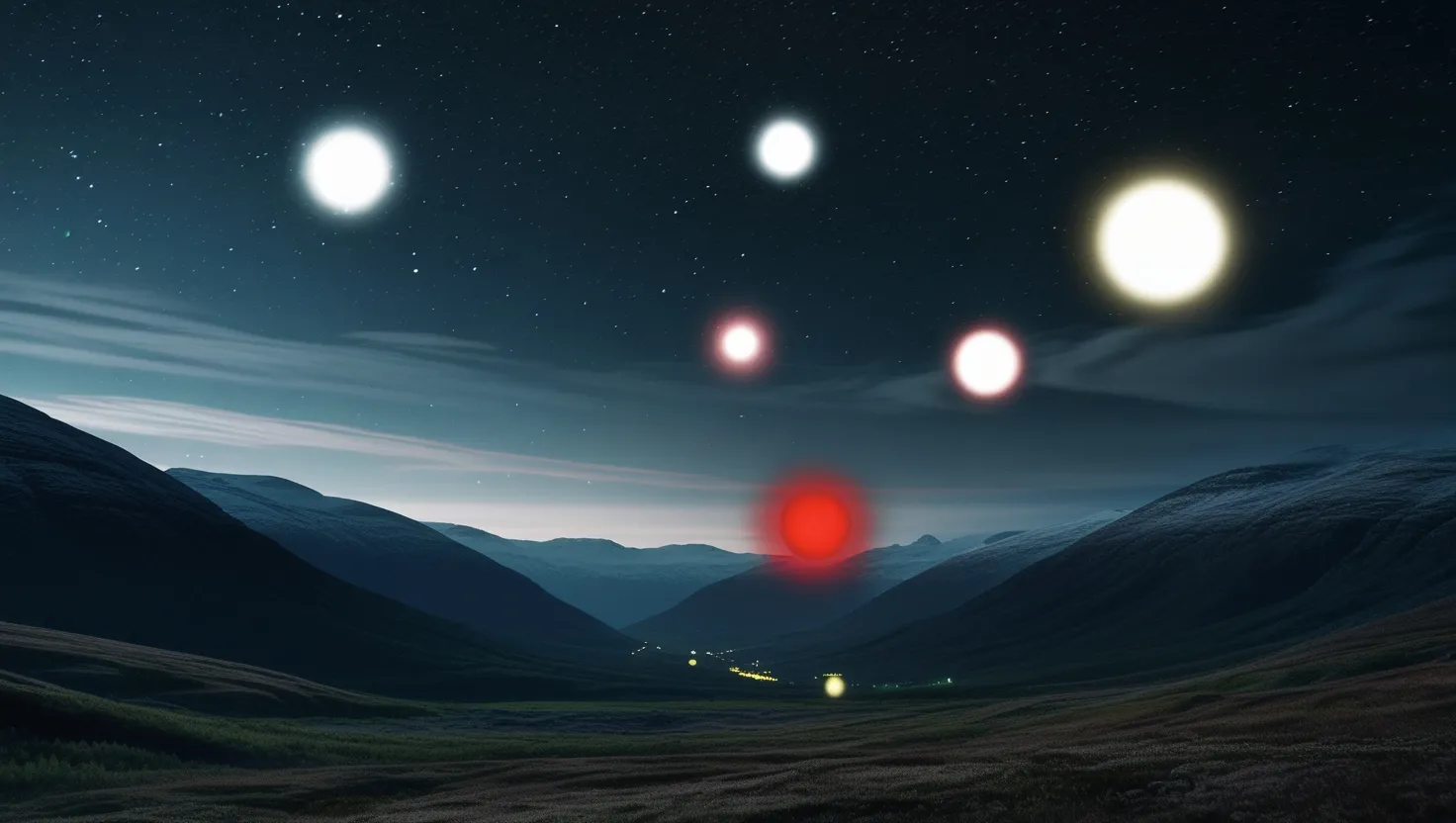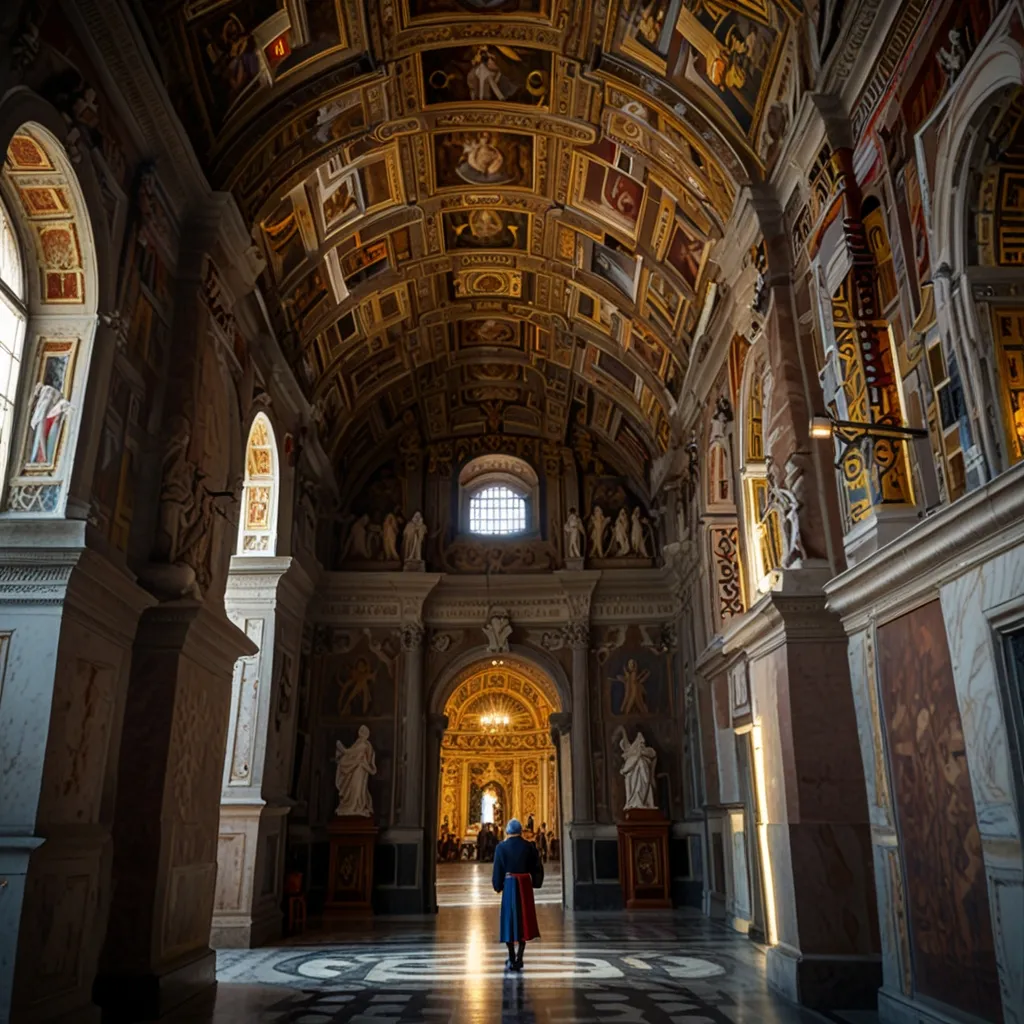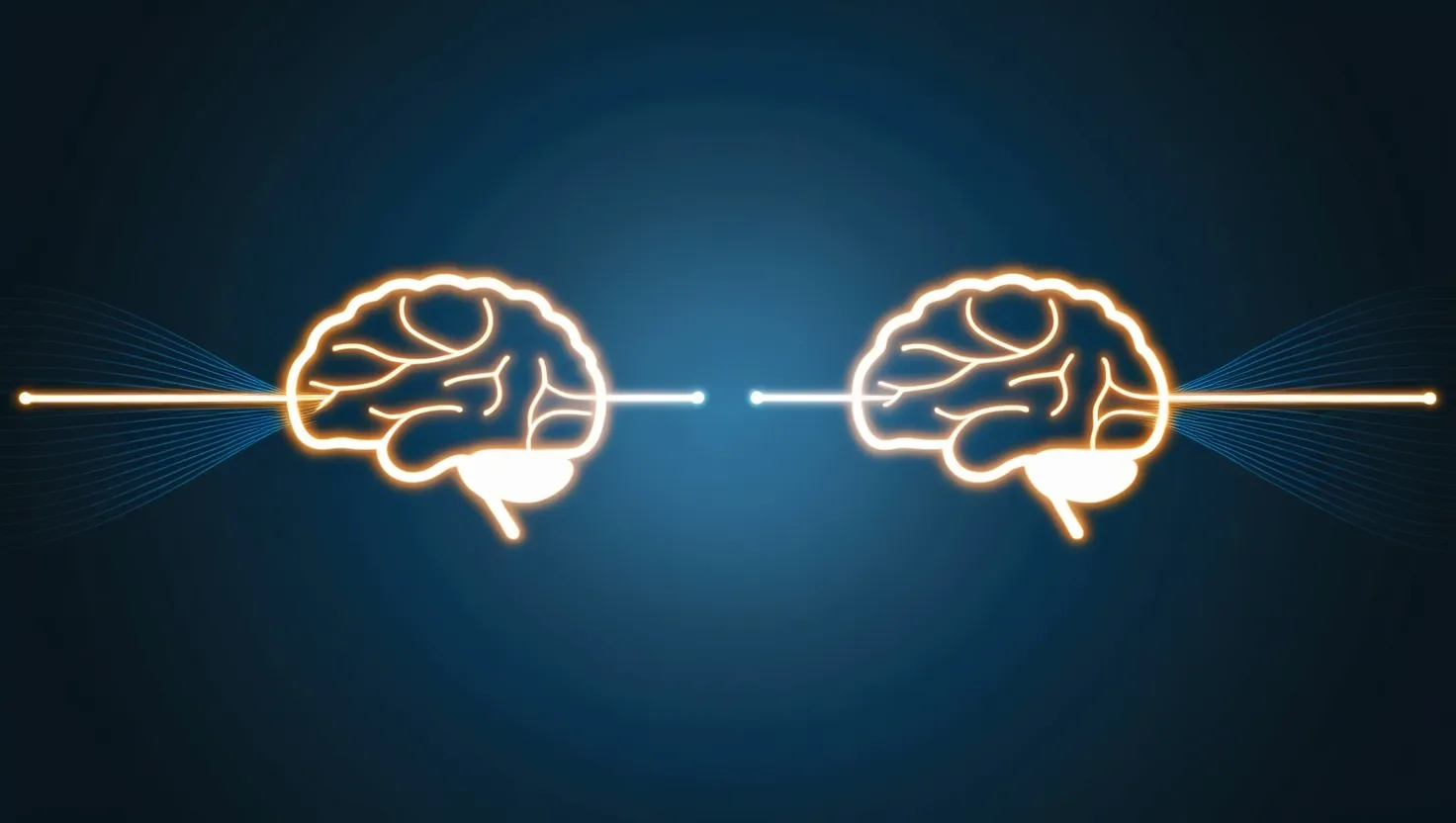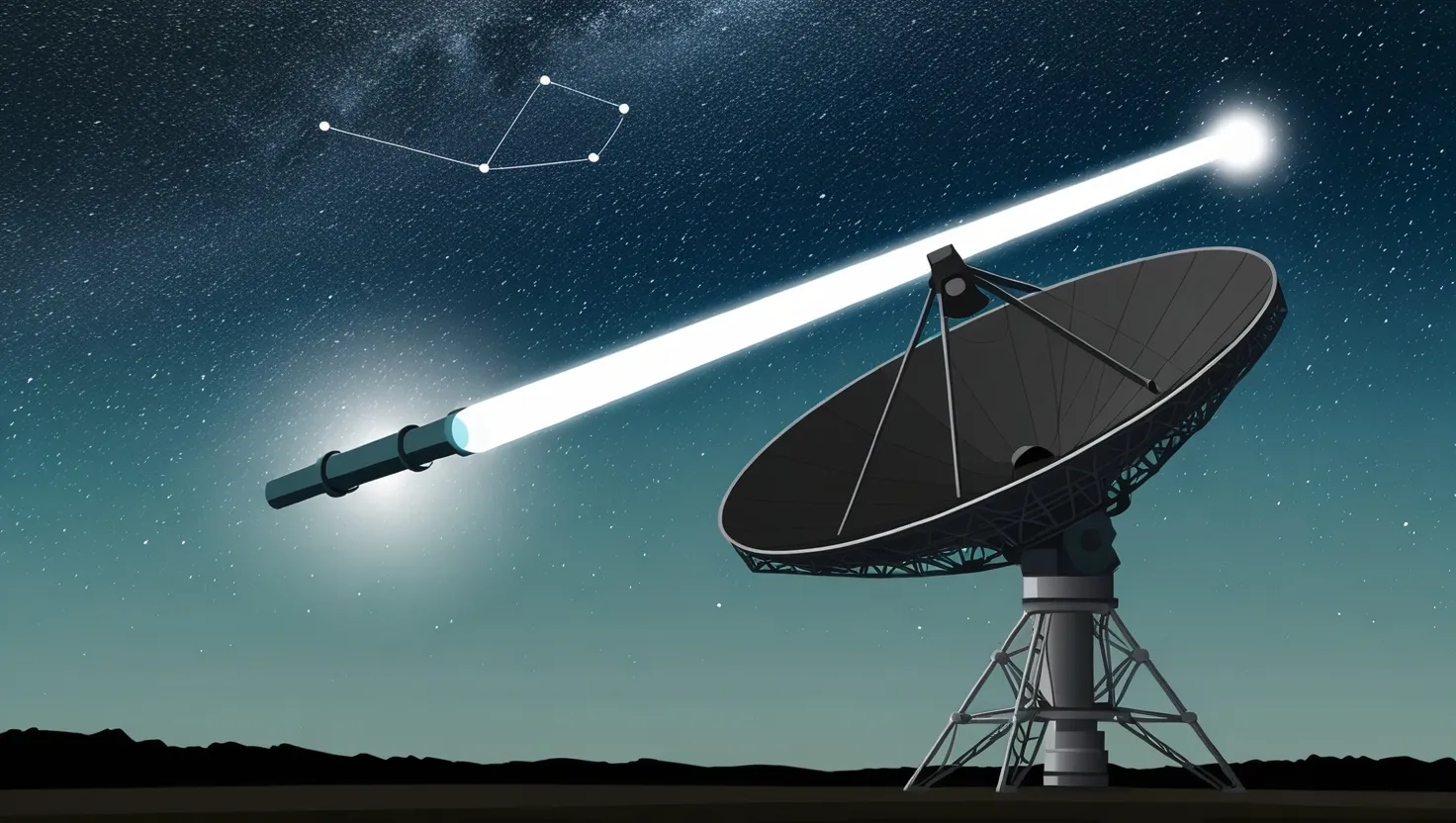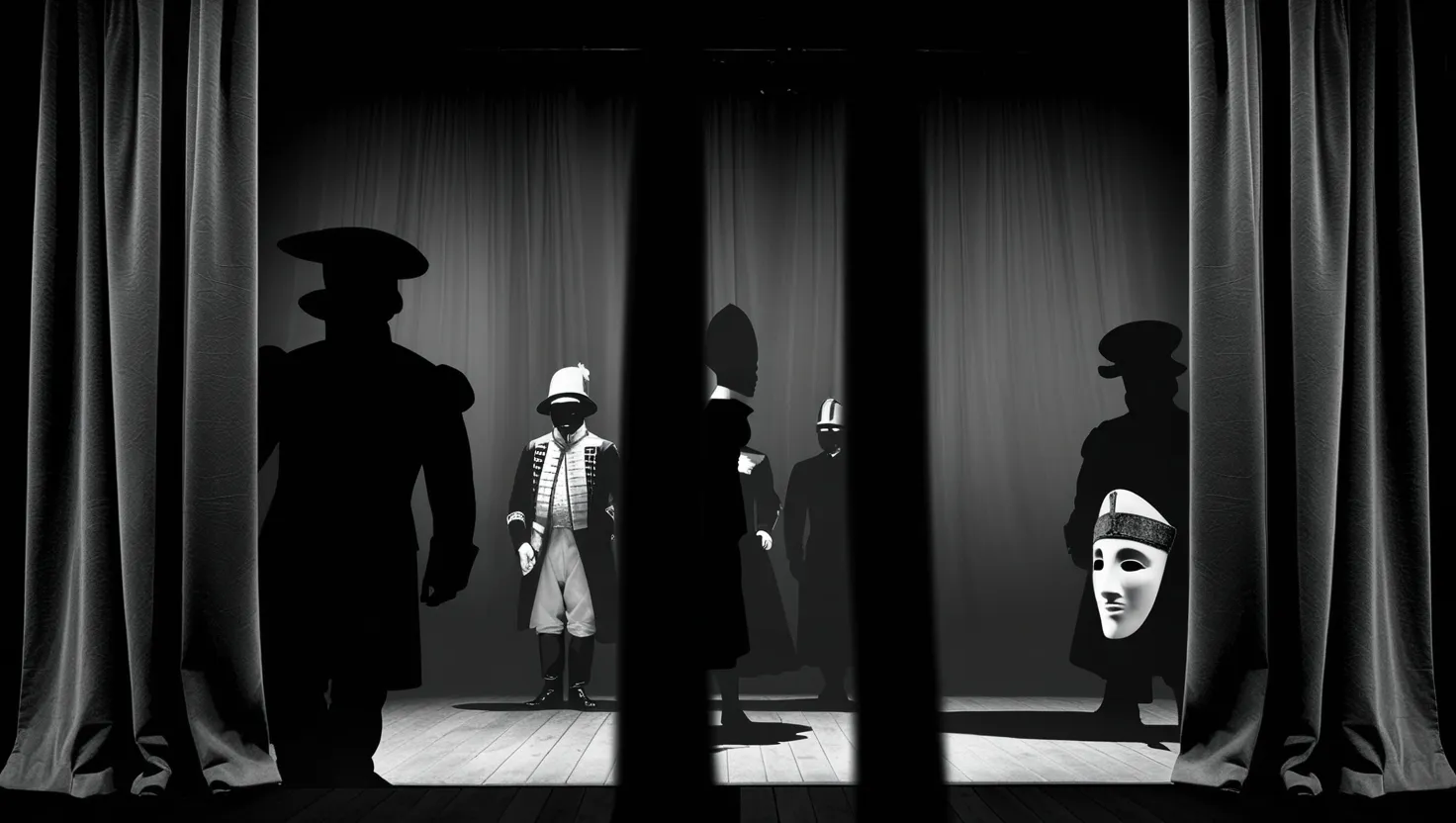If you had told me a few years ago that orbs of light would be my companions in a Norwegian valley, I probably would have chuckled and brushed it off. Yet here I am, looking into the Hessdalen sky, watching the same glowing shapes that puzzled local farmers decades ago. These are no ordinary lights. They dart, hover, split into twins, pulse with mysterious energy, and vanish without warning. How do we describe such a persistent riddle?
“The most beautiful thing we can experience is the mysterious. It is the source of all true art and science.”
— Albert Einstein
The Hessdalen lights first caught attention around the Second World War, but it was in the early 1980s that their popularity exploded. News spread as sightings peaked, drawing scientists, artists, and curious strangers to this lonely valley. What’s unique is that the valley seems to be under constant observation now. Cameras record every twitch and flicker, computers crunch data night and day, and radar tracks what the naked eye can’t see. We’re collecting a digital history that might one day solve the mystery, but today, we’re left with more questions than answers.
What are these silent phenomena? Some see white, some red, others glowing yellow. The shapes change—some are round, some elongated, and a few have even split apart as if sentient. Imagine standing on a frosty hillside and seeing an orb racing towards you. It pauses overhead, shimmering, then splits into two and melts away in seconds. How do you react? Would you feel awe, or fear?
“Somewhere, something incredible is waiting to be known.” — Carl Sagan
While some theories suggest that the answer is buried beneath our feet—in the rocks and minerals unique to Hessdalen—others veer into more imaginative territory. The valley’s geology is unusual. Rich deposits of quartz, stressed and squeezed by ancient tectonic shifts, could create electric charges powerful enough to light up the sky. Is it possible that the land itself is sparking these mysterious lights? If so, why are their movements so organized, pausing, turning, reversing in ways that defy expectations of natural plasma?
I think about how historical context layers meaning onto every mystery. Norway was not just a quiet playground for curious scientists. During the Cold War, it stood at a frontier between East and West. What if these lights are the last echoes of old military projects—radar tests, experimental aircraft, or surveillance drones that were decades ahead of their time? Some dates match up with military exercises. Others seem unrelated, happening on tranquil evenings with only cows and clouds in the audience. The balance of evidence doesn’t tip in favor of a single theory.
“If you eliminate the impossible, whatever remains, however improbable, must be the truth.” — Arthur Conan Doyle
Local stories add an entirely different flavor. Parents warn their children about wandering at night; elders recall tales of ancient spirits guiding travelers or marking certain events. Even today, folk narratives blend science with story, making Hessdalen a place where every mystery sparks new myths. This isn’t just an odd case study for physicists; it’s a living legend. The scientific world may hesitate to embrace folklore, but in Hessdalen, myth and measurement travel side by side.
Watching the lights, I often ask myself, are we even asking the right questions? Are these phenomena a product of nature’s rules, or have we stumbled upon something artificial that’s intentionally obscure? Have we missed something in our search—a clue hidden in plain sight? Despite cameras and computers, the valley maintains its secret. Sometimes, advanced equipment records lights splitting into new entities or vanishing instantly. Spectral analysis shows unexpected electromagnetic pulses, some of which correspond to no known process on Earth.
“What we observe is not nature itself, but nature exposed to our method of questioning.” — Werner Heisenberg
Some scientists have tried to view Hessdalen as a laboratory for rare natural events—ball lightning, plasma clouds, even mirages twisted by magnetic fields. Others argue these theories fall short when faced with years of recorded patterns. The lights demonstrate structured movement, pausing as if under control, turning at odd angles, floating rather than falling. If pure geology and physics can’t explain this behavior, what’s left?
I consider the human side of the story. Hessdalen is not a crowded metropolis. Most sightings come from a handful of locals. Their experiences are direct, vivid, and often repeated. A farmer, walking home after midnight, describes a red orb gliding above the trees. A pilot flying overhead notices a cluster of blue lights tracing impossible patterns. The valley’s sparse population means mass hysteria is unlikely, and the sheer volume of independent observations suggests something real is occurring.
Is there a link with global phenomena? Are there other places where similarly mysterious lights are seen? The famous Min Min lights in Australia, the Brown Mountain lights in the USA, and several legends from South America all describe glowing orbs moving in ways that seem guided. Could Hessdalen be just one of many windows into phenomena we barely understand?
The role of technology is fascinating. Automated monitoring in Hessdalen is meticulous—magnetometers, high-speed cameras, and spectrographs run non-stop. Some recorded data defies natural explanation, with energy signatures not found in lightning storms or auroras. What I find compelling is that these orbs often vanish instantly when approached or shift direction sharply, as though responding to observation. Does intelligent action lurk behind their movements? Or is this merely a trick played by mind and nature?
“Science is a way of thinking much more than it is a body of knowledge.” — Carl Sagan
When you’re face to face with the inexplicable, skepticism is healthy. However, the persistence of Hessdalen lights invites curiosity. The valley is still being watched. Data continues to accumulate, but a full theory eludes us. Perhaps the solution will come not from earth sciences alone, but from a new approach combining quantum physics, electromagnetic theory, and perhaps a touch of imagination.
For those who come to Hessdalen in search of answers, the lights offer a lesson. Mystery remains a part of life, even as our technological gaze grows wider. Maybe the lights are nature’s reminder that some puzzles are meant to teach us, not just to be solved.
Do you think we’re ready to accept phenomena that don’t fit our current models? Is it possible that we will one day look back at Hessdalen as an early clue to something far more profound than ball lightning or secret military tech?
The valley keeps its silence. The lights return periodically, surprising a new generation. Each sighting adds another chapter to an unwritten book about wonder’s persistence in a skeptical age. Perhaps, as the Norwegian night stretches overhead, I find myself not seeking to close the case, but just to watch, wait, and let the mystery breathe.
